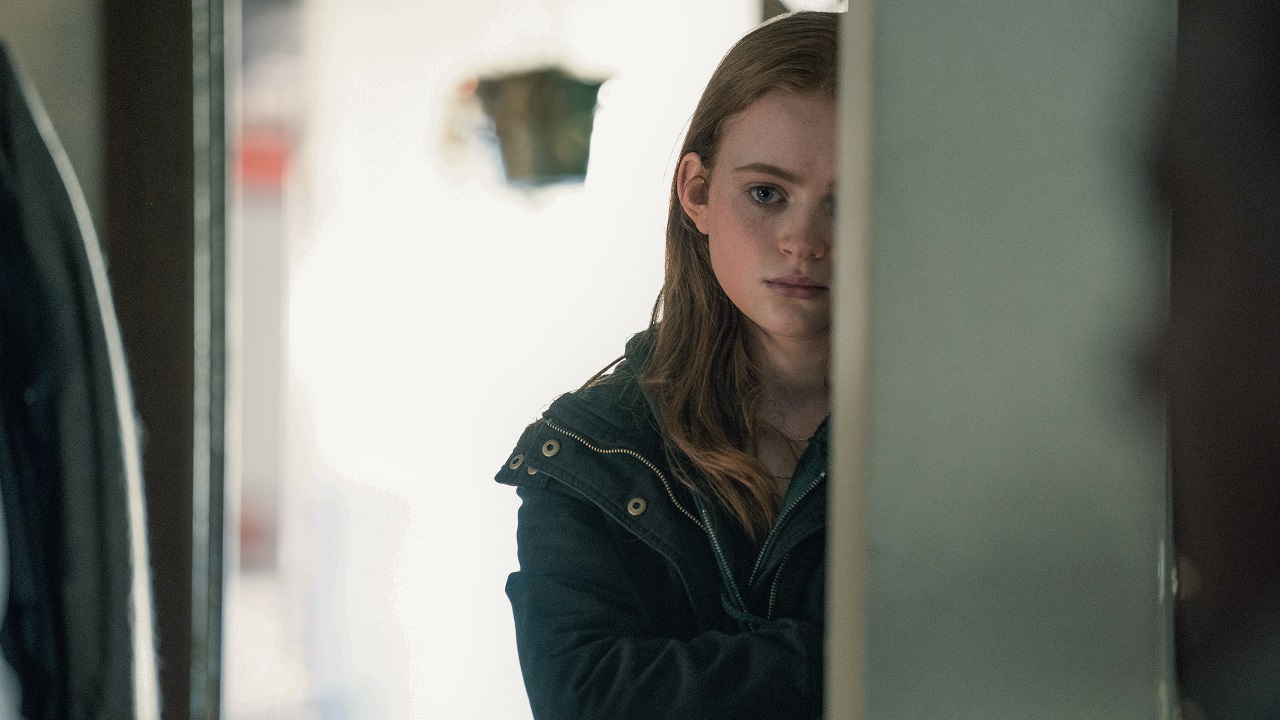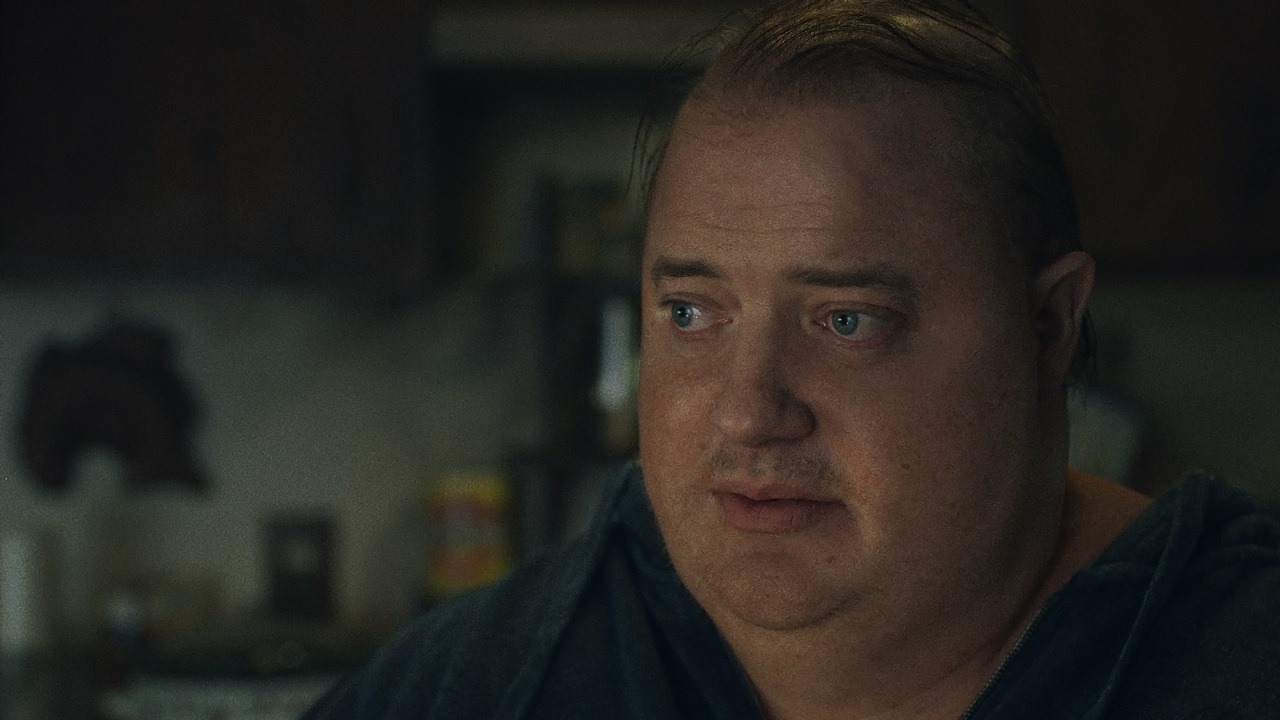Aronofsky brings to the stage an authentic human tragedy, which is striking in its intensity.
The Whale is the new film by the award-winning American director Darren Aronofskyknown to the general public for being the author of films of the caliber of Requiem for a Dream, The Wrestler And The black Swan. The work was previewed at the 79th Venice International Film Festivalwhere he competed for the main prizes.
For the interpretation of the main role, Aronofsky turned to Brendan Fraser (The mummy), which for his work has been very successful both among the public and among critics. They are also part of the cast Sadie Sink (Stranger Things), Hong Chau (Watchmen), Ty Simpkins (Jurassic World) And Samantha Morton (Minority Report). Produced by Aronofsky himself with the support of A24, the film is distributed in Italy by I Wonder Pictures.
The Whale: the last days of man
The story narrated by The Whale is entirely set inside Charlie’s apartment (played by Brendan Fraser), a man suffering from chronic obesity. While watching a pornographic film he is seized by an illness and is rescued by the young Thomas (Ty Simpkins): a Christian missionary who by pure chance knocks on his door at that moment. Convinced that he is on the verge of death, Charlie asks the boy to read him a specific literary essay.
The seizure turns out to be non-lethal and Charlie seems to make a full recovery. When he is joined by Liz (Hong Chau), the nurse who takes care of him, he receives new bad news. A brief visit reveals that the man’s condition is extremely serious and, to hope for an improvement, hospitalization is absolutely necessary. The protagonist, however, is not interested in healing himself and, feeling the approach of death, decides to recontact his daughter Ellie (Sadie Sink), with whom he has no longer had a relationship for several years.
Your own refuge, your own prison

As mentioned in the previous paragraph, The Whale it is entirely set within a single apartment. This choice depends on the will of the author of emphasize the protagonist’s condition of isolation. Charlie, crushed by the weight of intolerable pain, has found refuge within the walls of his home. His obesity also comes from the need to escape the present: his body is used by him as a further barrier to the world.
The moment chosen as the beginning is not causal: represents Charlie’s last attempt to escape from his refuge to return to confront other human beings. This means exposing yourself to an enormous risk: that of suffering again. Yet, driven by the approaching end, the protagonist realizes the need to take risks one last time. Being able to establish a connection with Ellie could mean his final release from the prisons he has built around.
However, rebuilding the relationship with the daughter is not an easy task. This bears on itself the signs of the emotional wound caused by the abandonment of the parent. The one between Ellie and Charlie is a confrontation between two deeply wounded beings. Unlike her father, Ellie’s suffering is exposed for all to see. If it is desperation that characterizes Charlie, her daughter is instead conditioned by anger.
Still, looking good, even the young woman is a prisoner of her own disturbance. The anger that makes her malignant is a protective tool she uses to prevent anyone from approaching. Like her father, she is afraid of being hurt again. To approach her, Charlie must therefore give up on her defenses and agree to be attacked.
A loving look

The one narrated by Aronofsky in The Whale is an authentic human tragedy, which is striking in its intensity. To do it fully justice, the author used a slightly different approach from what we have seen him take in the past. In fact, he renounces the grotesque, which could have weakened the premise, and stages a real chamber drama, with a theatrical setting.
To best convey the sense of confinement, it limits the image within the 4/3 format, which greatly reduces the width of the frame. He also opts for a simple direction, devoid of any form of virtuosity, which he uses to explore the bodies and faces of his characters. It is ultimately about a functional stagingwhich contributes to the narrative apparatus of the work.
However, it is not a cold look, on the contrary. The director shows enormous respect for the characters from The Whale and for their pain. This approach leads him to leave the most tragic passages of the story outside the scene and instead concentrate on the reaction provoked by them. Nothing is allowed to vuyerism: the film gives dignity to Charlie’s last days.
In the end, the cinema takes over. To convey the power of the closing moment, in which spirituality plays an important role, the author uses the special effect. He does so by being careful to treat it as a narrative and meaningful element. It is a clear and explicit conclusion, which completes Charlie’s journey and leaves the viewer stunned and moved. The vision of The Whalealso thanks to the kinetic explosion of the last sequence, it does not leave you indifferent.
Read also Venezia 79 – Saint Omer: the review of the film by Alice Diop
Direction – 4.5
Screenplay – 4.5
Photography – 4
Sound – 3
Acting – 4.5
Emotion – 5
Venezia 79 – The Whale: review of the film by Darren Aronofsky

